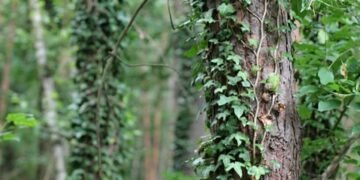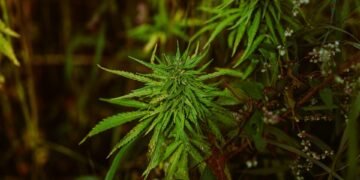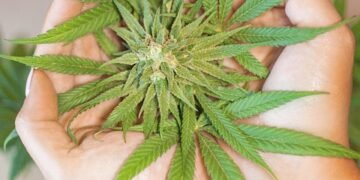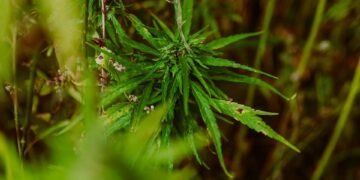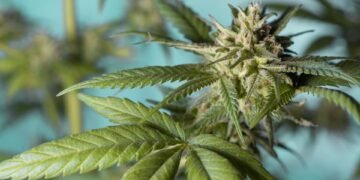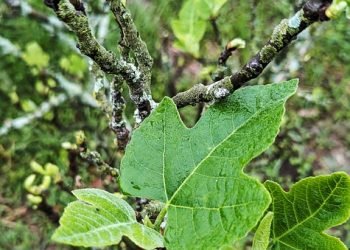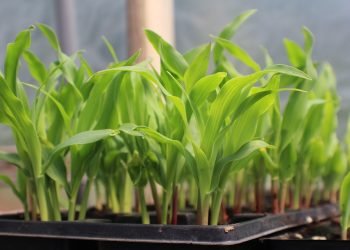Unlocking the Secrets to Optimal Cannabis Growing Conditions: A Comprehensive Guide
When it comes to growing cannabis, achieving optimal growing conditions is key to producing high-quality, potent plants. Whether you are a seasoned grower or just starting out, understanding the factors that contribute to successful cannabis cultivation is essential. In this comprehensive guide, we will explore the secrets to unlocking the best growing conditions for your cannabis plants.
Understanding the Basics
Before diving into the specifics of optimal growing conditions, it is important to have a basic understanding of the needs of cannabis plants. Cannabis is a resilient plant that can thrive in a variety of conditions, but to achieve the best results, certain factors must be carefully controlled.
Lighting
One of the most critical factors in cannabis cultivation is lighting. Cannabis plants require a minimum of 12 hours of light per day to enter the flowering stage, but many growers opt for 18-24 hours of light during the vegetative stage to promote vigorous growth. High-quality grow lights, such as LEDs or HPS lamps, are essential for providing the necessary light intensity for healthy plant development.
Air Circulation
Proper air circulation is essential for preventing mold and mildew growth in cannabis plants. Adequate ventilation, including fans and air filters, can help maintain optimal humidity levels and prevent the buildup of pathogens that can harm your plants.
Temperature and Humidity
Cannabis plants thrive in temperatures between 70-85 degrees Fahrenheit during the day and 60-70 degrees Fahrenheit at night. Humidity levels should be kept between 40-60% to prevent mold and mildew growth. Investing in a quality thermometer and hygrometer can help you monitor these factors and make adjustments as needed.
Choosing the Right Growing Medium
When it comes to choosing a growing medium for your cannabis plants, there are several options to consider. Soil is a popular choice for many growers due to its ease of use and affordability, but hydroponic systems offer faster growth rates and increased nutrient uptake. Coco coir and rockwool are also popular choices for their water retention and aeration properties.
Nutrient Management
Proper nutrient management is essential for maximizing the growth and yield of your cannabis plants. Cannabis plants require a balance of primary nutrients (nitrogen, phosphorus, and potassium) as well as secondary and micronutrients to thrive. Using a high-quality fertilizer specifically formulated for cannabis can help ensure your plants receive the nutrients they need to reach their full potential.
Watering and pH Levels
Overwatering and underwatering can both have negative effects on cannabis plants, so it is important to strike a balance when watering. Cannabis plants prefer slightly acidic soil with a pH level between 6.0-7.0. Testing your soil regularly and adjusting the pH as needed can help prevent nutrient deficiencies and ensure optimal plant growth.
Common Problems and Solutions
Even with the best growing conditions, cannabis plants can still encounter issues that may impact their growth and development. Common problems such as nutrient deficiencies, pests, and diseases can all be addressed with proper care and attention.
Nutrient Deficiencies
Nutrient deficiencies can manifest as yellowing or browning of leaves, stunted growth, or poor flowering. By regularly monitoring your plants and adjusting your nutrient regimen as needed, you can prevent deficiencies from occurring and ensure your plants remain healthy and vibrant.
Pests
Pests such as spider mites, aphids, and thrips can wreak havoc on cannabis plants if left unchecked. Using natural predators, such as ladybugs or praying mantises, can help control pest populations without the need for harmful chemicals. Additionally, maintaining a clean and well-ventilated grow space can help prevent pest infestations from occurring in the first place.
Diseases
Fungal diseases such as powdery mildew and botrytis can be a major concern for cannabis growers, especially in humid environments. Proper air circulation, humidity control, and regular plant inspections can help prevent diseases from taking hold in your grow space. If you do encounter a disease outbreak, using organic fungicides or neem oil can help control the spread and protect your plants.
Conclusion
Unlocking the secrets to optimal cannabis growing conditions is a combination of art and science. By understanding the needs of your plants and providing them with the right environment, nutrients, and care, you can achieve impressive results in your cannabis cultivation efforts. Remember to monitor your plants regularly, address any issues that arise promptly, and always strive for continuous improvement in your growing practices. With dedication and attention to detail, you can unlock the full potential of your cannabis plants and produce top-quality buds that are sure to impress.
Now that you have a comprehensive understanding of the secrets to optimal cannabis growing conditions, it’s time to put your knowledge into practice and start cultivating your own successful cannabis garden. Happy growing!













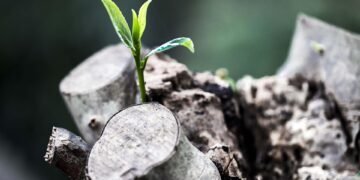






![The Mind-Blowing Effects of [Cannabis Strain]](https://cannabisdailyguide.com/wp-content/uploads/2025/10/tree-4138799_960_720-360x180.jpg)


